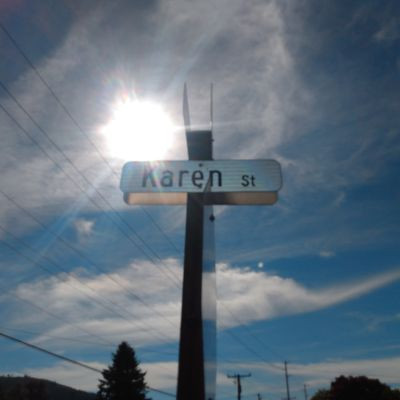Viajando no veículo movido a vapor
7
0
44 Görünümler
yayınlandı 26 Feb 2023 / İçinde
Film ve Animasyon
steam car
steam motorcycle
carro a vapor
moto a vapor
Daha fazla göster
0



 gabfigueiro
gabfigueiro

 Patolino
Patolino
 Latin Afterdeath
Latin Afterdeath

Log in to comment
The basic idea and layout is very good....
But see we - me and him, we live in very different worlds....
I grew up reading English encyclopedias, from the 30's that had a great deal of content in them on things mechanical - including steam engines.
So by laying all of this out - mechanically, by building an insulated fire box, or at least a water jacketed fire box, and using fire tubes, instead of a plain boiler and using the OLD steam to preheat the incoming air and then the spare tank of water - and then super heating his steam, he can ramp up the fuel used to the ground covered ratio by 4 or 5 times...
Then he can add oil injection into the steam lines for lubricating the bits internally.... These are usually very heavy oils, that work well in steam...
And he can add a working water pump - that uses the known consumption rate of water per KM, to pump the same amount or slightly more, back in, at a constant rate.